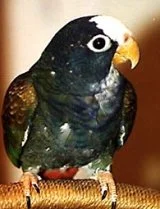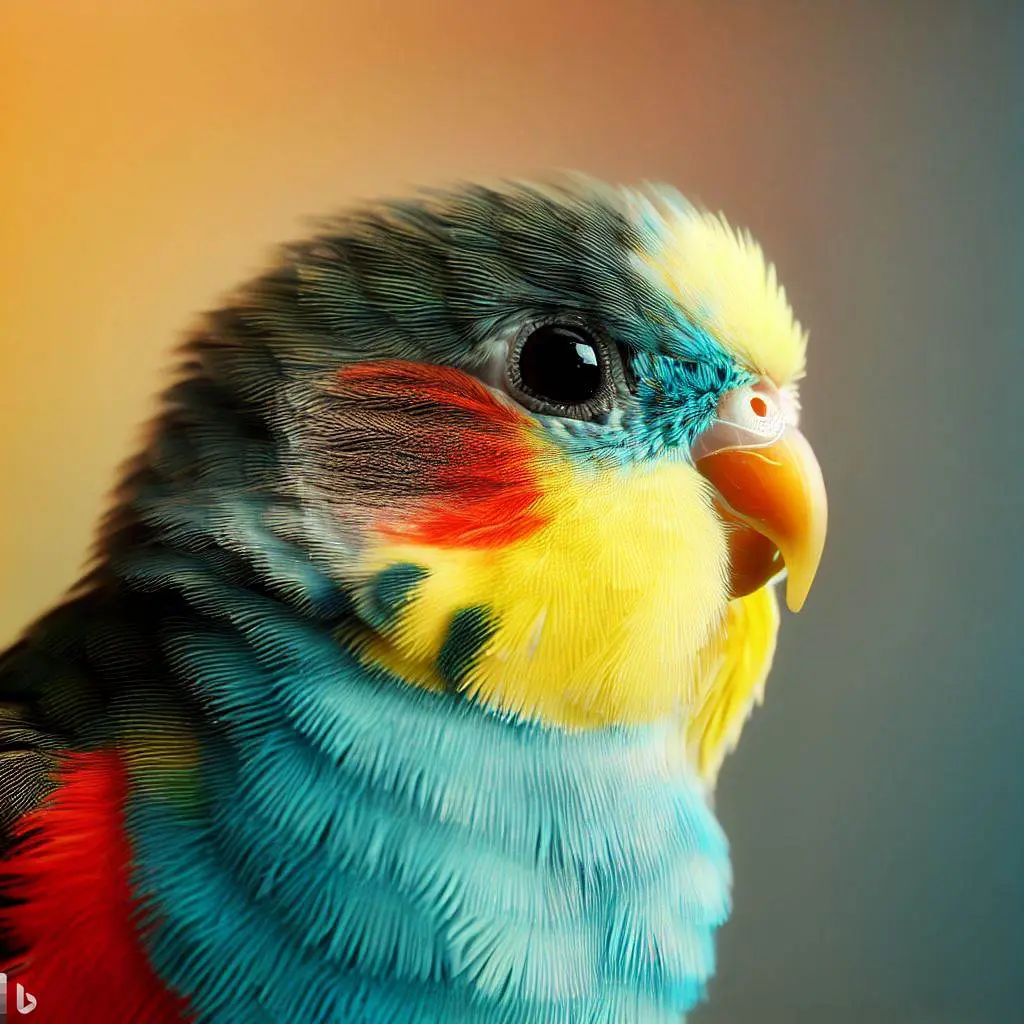
There are many causes of seizures in birds. Some of the more common causes include central nervous system diseases such as a brain tumor or infection, head trauma, hyperthermia, liver disease, metabolic disturbances (hypocalcemia, hyperglycemia) and toxicity from lead, zinc, aflatoxins and certain insecticides. If no cause is found after a thorough evaluation, the bird is said to have idiopathic epilepsy.
A bird that seizures should have a thorough physical examination, radiographs, hematology and blood chemistry. A complete blood count will reveal whether anemia, inflammation or infection is present. Blood chemistries provide an indication of liver and kidney function and the electrolyte status of the patient. A radiograph may demonstrate the presence of metallic densities in the gastrointestinal tract. Although one cannot rule out the presence of lead or zinc toxicity if no metallic densities are present, finding them leads support to the possibliity of heavy metal poisoning as the cause of the seizures. Definitive diagnosis is based upon the presence of toxic levels of lead and zinc in the blood.
In addition to a baseline complete blood count and chemistry, certain infectious diseases such as chlamydia, polyoma and proventricular dilitation should be ruled out if possible.
A differential for seizuring in African Grey parrots is hypocalcemia. This condition is sometimes seen in young adult African Grey parrots fed a seed diet. This type of diet is deficient in calcium and vitamin D3. Although the pathogenesis is not clearly understood, it appears as though these birds are unable to mobilize ther body calcium stores.
If the cause of the seizures can be found, treatment should be directed specifically towards correcting the underlying problem. Lead and zinc toxicity may be treated by chelating drugs and removal (if possible) of the lead or zinc particles.
Hypocalcemia may be treated by supplying calcium and vitamin D3 and correcting the deficient diet. Metabolic problems should be corrected whenever possible. If hypoglycemia is present, glucose should be provided to normalize blood sugar. Liver disease, if present, should be treated.
All seizuring birds should be provided with good supportative care which includes a warm, quiet, safe environment, fluids, nutritional support, antibiotics (whenever appropriate) and anticonvulsants. Diozepam (valium) is used to temporarily stop the seizures.
Hypocalcemic seizures may be treated with calcium, while hypoglycemia induced seizures are treated with dexotrose. Birds that are found to have epilepsy may be maintained on phenobarbital to control and hopefully eliminate their seizures.

